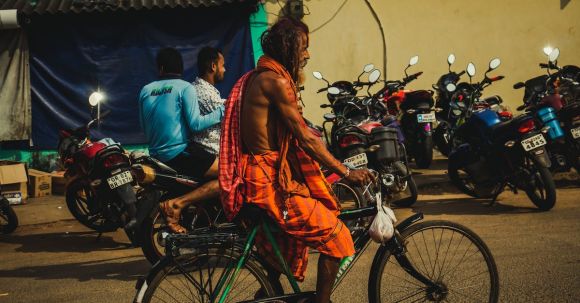Riding at high speeds can be an exhilarating experience for any motorcycle enthusiast. However, it can also be quite intimidating, especially for those lacking confidence. The key to riding at high speeds is not just skill, but also a strong sense of self-assurance. In this article, we will explore some confidence-boosting skills that can help riders feel more comfortable and secure when riding at high speeds.
Mastering the Basics
Before attempting to ride at high speeds, it is crucial to have a solid foundation of basic riding skills. This includes being able to control the motorcycle, maneuver smoothly, and have a good understanding of the road rules. By mastering these basics, riders can build a solid platform on which to develop their confidence.
Developing Visual Awareness
One of the most important skills for riding at high speeds is developing visual awareness. This involves scanning the road ahead, anticipating potential hazards, and being aware of other vehicles. By continuously scanning the road, riders can stay one step ahead and react quickly to any unexpected situations. This heightened level of awareness not only increases safety but also boosts confidence.
Maintaining Proper Body Position
A proper body position is crucial when riding at high speeds. By maintaining a balanced and relaxed position, riders can effectively control the motorcycle and handle any sudden changes in direction or speed. Additionally, a proper body position helps to distribute weight evenly, improving stability and reducing fatigue. By mastering this skill, riders can feel more in control and confident when riding at high speeds.
Practicing Braking Techniques
Effective braking techniques are essential for riding at high speeds. Riders must be able to come to a controlled stop quickly and safely. Practicing emergency braking in a controlled environment can help build confidence in the ability to stop effectively when needed. By honing these skills, riders can feel more secure knowing they have the capability to stop in any situation.
Building Cornering Skills
Cornering at high speeds can be one of the most challenging aspects of riding. To build confidence in cornering, riders must practice proper techniques, such as leaning into the turn, maintaining a smooth throttle control, and looking through the corner. By consistently practicing these skills, riders can feel more comfortable and confident when taking corners at high speeds.
Developing a Positive Mindset
Confidence is not only about physical skills but also about mindset. Developing a positive mindset can greatly impact a rider’s confidence when riding at high speeds. By visualizing successful rides, focusing on strengths, and embracing challenges, riders can enhance their self-belief and feel more confident in their abilities.
Continued Education and Training
Lastly, to boost confidence when riding at high speeds, it is crucial to continue learning and training. Participating in advanced riding courses or seeking guidance from experienced riders can provide valuable insights and techniques that can further enhance skills and confidence. By continuously learning and improving, riders can stay at the forefront of their abilities and feel more prepared to tackle high-speed riding.
In conclusion, riding at high speeds requires not only skill but also confidence. By mastering the basics, developing visual awareness, maintaining proper body position, practicing braking techniques, building cornering skills, developing a positive mindset, and continuing education and training, riders can boost their confidence and feel more comfortable when riding at high speeds. Remember, confidence comes with practice and experience, so don’t be afraid to push your limits and enjoy the thrill of high-speed riding.
